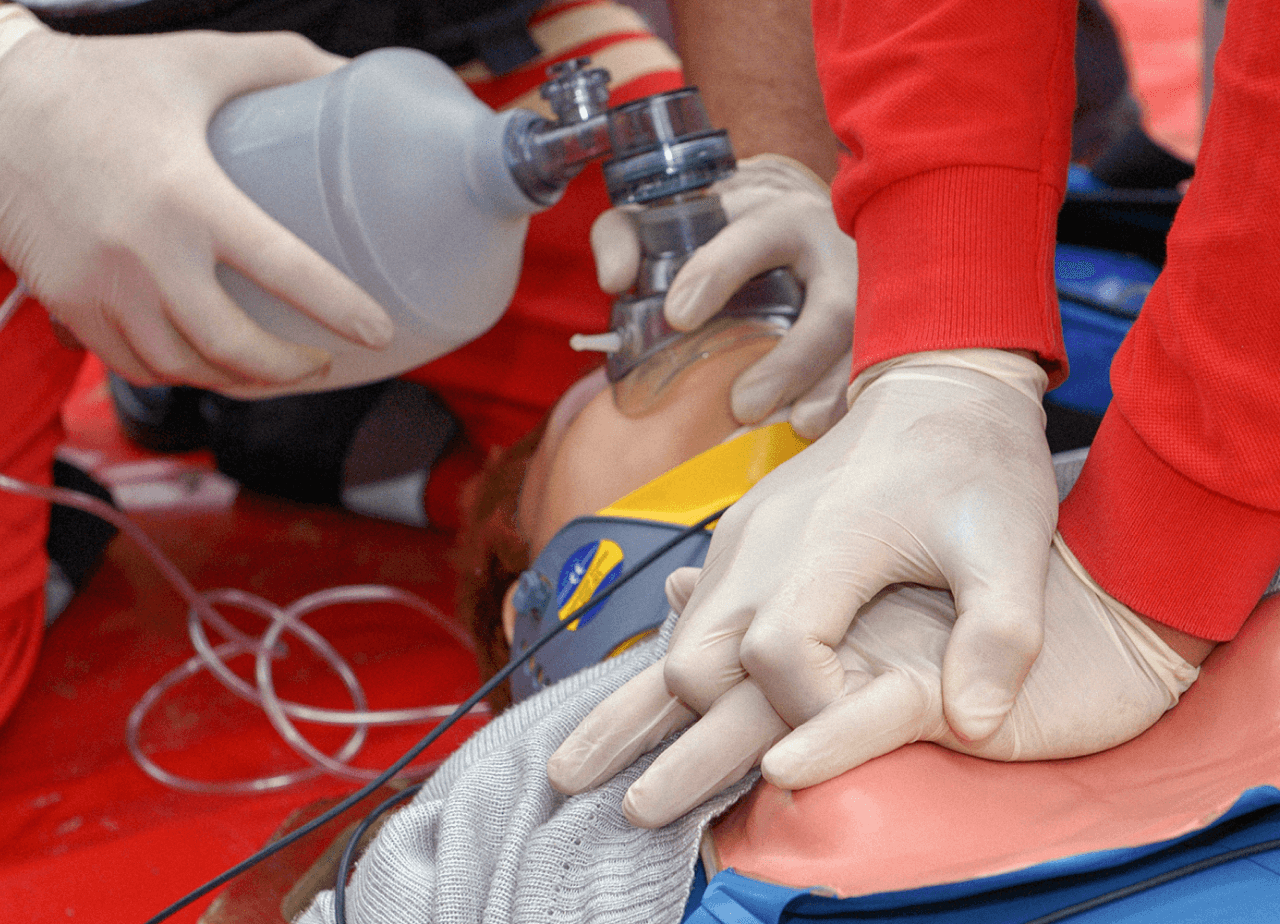The NREMT EMT exam is a significant milestone for students pursuing certification as Emergency Medical Technicians. As an instructor, your guidance plays a key role in helping them feel confident and prepared to pass both the cognitive and psychomotor sections. With the right strategies, you can ensure your students have the necessary tools and understand how to pass the NREMT EMT exam.
In this guide, we’ll break down six essential tips that will help you provide the support your students need, from NREMT EMT exam prep to managing test anxiety. They’ll be ready to succeed, and you can see the impact of your efforts in increasing your students’ NREMT pass rate.
Understand the NREMT EMT Exam Structure
To effectively help your students, it’s crucial to understand the NREMT exam format. The exam is divided into two main parts: the Cognitive exam and the Psychomotor exam.
Here’s a breakdown of the key sections:
NREMT EMT Cognitive exam covers:
- Airway, Respiration, & Ventilation: Focuses on the ability to assess and manage patients’ airways, ensuring adequate respiration and oxygenation.
- Cardiology & Resuscitation: Covers cardiovascular emergencies, including both heart-related conditions and circulatory system issues.
- Trauma: Involves understanding and treating injuries caused by external forces.
- Medical: Focuses on assessing and treating various medical conditions unrelated to trauma.
- Obstetrics & Gynecology: Involves the care of pregnant women, labor, delivery, and complications related to childbirth.
- EMS Operations: Focuses on the operations and safety procedures EMTs must follow in the field.
NREMT EMT Psychomotor exam evaluates skills like:
- Trauma Care: EMTs must demonstrate their ability to assess and treat trauma patients.
- Patient Assessment: This section evaluates an EMT’s ability to assess and manage various patient types.
Familiarizing your students with the NREMT exam format ensures they’re prepared for both the theoretical and practical components.
Develop a Strategic EMT Study Plan in your NREMT EMT course
A well-structured EMT study plan is crucial for helping your students retain information and manage their time effectively. Here are some ways you can work with your students to create a strong NREMT study schedule so they can succeed in your NREMT EMT course.
- Break down large study material into manageable sessions.
- Set study goals for the EMT exam, such as mastering key topics on a weekly basis.
- Track students’ progress regularly with an LMS platform to ensure no one is behind.
- Incorporate mock exams for NREMT and paramedic practice quizzes to simulate the real test experience.
A well-structured study plan helps students stay organized and on track in their NREMT EMT course, building their confidence and ensuring they’re fully prepared to excel in the NREMT EMT exam and in their future careers as EMTs.

Focus on Hands-On Practice for the NREMT Psychomotor Exam
While understanding theory is important, pay attention to the practical skills needed for the NREMT psychomotor exam. Ensure that you dedicate sufficient time to hands-on EMT training, allowing students to practice their skills in real-world scenarios.
One effective method is scenario-based learning for EMTs, where students can practice responding to common emergencies they may encounter in the field. Ensure they’re proficient in each skill station and remind them that confidence is key. Help them avoid common mistakes that could cost them points during the NREMT practical exam.
Incorporate Active Learning in an EMT Course
Make your classroom an interactive EMT classroom by incorporating active learning for EMT students. Rather than relying solely on lectures, consider incorporating group discussions, role-playing scenarios, and case studies into your teaching plan. These activities allow students to think critically and apply their knowledge in a collaborative environment.
Using tools like mobile apps for NREMT study prep, such as Pocket Prep, can also enhance learning. With on-the-go access to practice questions and explanations, your students can keep studying wherever they are. Pocket Prep EMT practice tests are a great way to reinforce key concepts and ensure consistent progress.
Help Students Manage Test Anxiety to Elevate NREMT Pass Rate
Many students struggle with exam-day nerves. As an instructor, you can offer strategies to help support anxiety management for EMT students. Here are some NREMT test anxiety tips to help reduce students’ stress levels:
- Introduce mindfulness techniques: Teach relaxation techniques and awareness exercises, such as deep breathing or progressive muscle relaxation, to enhance their ability to focus and reduce exam stress.
- Build overall confidence: Encourage confidence-building for EMT exams through positive reinforcement, such as classroom rewards or public recognition.
- Identify triggers: Help students identify things that make them anxious and devise a plan to manage them before and during test day.
- Practice what they don’t know: Have students practice with Pocket Prep to better understand the questions and hone in on topics they don’t understand, helping them feel more confident.
- Promote positive talk: Remind your students to focus on what they’ve learned and practice positive self-talk, which is a great way to support EMT students. Students who believe in their abilities are more likely to perform well under pressure.
Resources to Support Your Students’ EMT Exam Success
As an instructor, one of the best things you can do is direct your students toward reliable NREMT study resources and tools that provide them with valuable NREMT tips. Recommend tools like:
- Pocket Prep for NREMT EMT: The Pocket Prep NREMT EMT exam prep offers different questions for EMT students and detailed answer explanations to help students gauge their readiness.
- Suggest other best tools for EMT exam prep: Provide review books, online video tutorials, and free EMT practice tests. These tools can be great for students’ exam preparation.
- Encouraging peer study groups: Study groups can help students learn from one another, connect during their study sessions, and ask questions about different question types on the exam to better prepare outside of their EMT program.
Increase EMS Student Pass Rates
Helping your students understand how to prepare and pass the NREMT exam requires a balance of structured learning, hands-on practice, and emotional support. By breaking down the exam format, implementing strategic study plans, incorporating interactive learning, using mobile apps for EMT prep, and taking high-quality EMT practice tests, you’re setting your students up for NREMT exam success.
Remember to encourage students to use the right tools, stay focused, and build their confidence to help them pass the NREMT. With your support, they’ll be well-prepared to tackle the NREMT EMT exam and launch their careers as EMTs.

